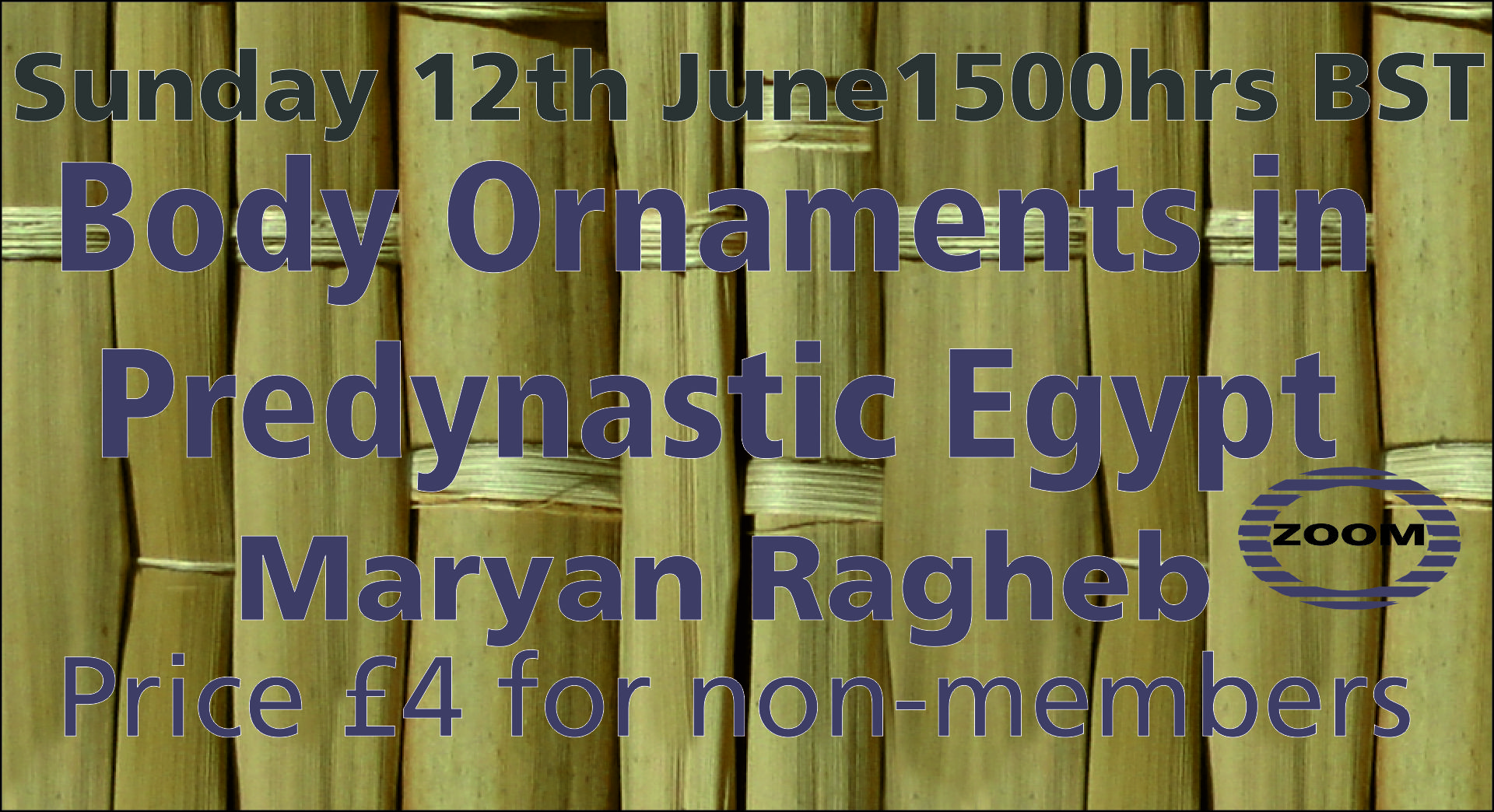Click here to download a review of this meeting.
Our bodies are means through which we express ourselves and our identities. Therefore, body modifications, whether in direct ways such as tattoos and scarifications, or through indirect ways such as removable body ornaments and jewellery, are reflective of the social, political and economic environments we operate in. This research examines ancient Egyptian removable body ornaments dating to the Predynastic and Early Dynastic periods (3200-2600 BCE). The time frame selected for this study witnessed major changes in social practices accompanying the process of state formation in Egypt. Therefore, analysing the production techniques and uses of body ornaments, including bangles and beaded ornaments, from three sites in Egypt dated to that period will shed light on changes in Egyptians’ identity expressions. The hypothesis is that state formation prompted control over people’s mobility and accessibility to raw materials. Therefore, it created a shift from a diverse selection of raw materials and production processes to a standardized system of production and a structured use of body ornaments. Subsequently, this shift also resulted in a restructuring of the identities that could be expressed. In this presentation, Maryan Ragheb will provide an overview of the data collected from the three sites selected for the study, and some preliminary observations regarding their use and deposition.

This talk was given at the June 2022 meeting of the Essex Egyptology Group held at 3pm BST on 12th June 2022 online via Zoom – click here to download a review of this meeting.